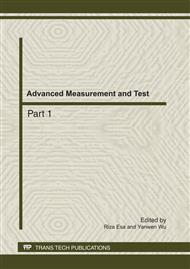p.1316
p.1322
p.1327
p.1333
p.1339
p.1347
p.1351
p.1356
p.1363
Storage on Map Database Based on Dynamic Base State Model with Amendment
Abstract:
Base state model with amendment is a general method on spatio-temporal database construction. It accesses data with keeping base state changeless and increment variational. In order to improve querying speed, mono-class or muti-class indexes can be added. Improved base state model with amendment adopts to increase number of base states and increment indexes. This paper proposes dynamic base state model with amendment, and base state changes according to actuality, and increment is difference of actuality and database construction state. This method is of save memory space, convenient use of actuality data, and easy to resume history data.
Info:
Periodical:
Pages:
1339-1343
Citation:
Online since:
July 2011
Authors:
Price:
Сopyright:
© 2011 Trans Tech Publications Ltd. All Rights Reserved
Share:
Citation:


